Where Are All The Things In Kani Cove On Animal Jam
 | Spoiler warning! This commodity shows where to observe every location and fact almost the natural environment of Kani Cove. Y'all may non want to spoil the experience for yourself. |
Location
| Species | Location | |
|---|---|---|
| | Manatee | It tin exist institute slowly swimming near the archway that leads to Tierney's Aquarium (Moving). |
| | Spotted Snake Eel | It is located in the tipped-over barrel in between the left and correct half of the sunken transport (Moving). |
| | Hammerhead Shark | It occasionally swims from the archway of Tierney's Aquarium to the tattered sails of the send wreck (Moving). |
| | Parrot Fish | It can be found constantly swimming dorsum and forth through the red tube worm wall to the left of the ship wreck (Moving). |
| | Cormorant | It periodically dives down to the school of fish cervix the ship wreck's mast (Moving). |
| | Nautilus | It occasionally swims out from behind the rocks at the stern of the ship to the treasure breast near the tube worm field and then swims back (Moving). |
| | Conch | It slowly crawls along the sea floor (Moving). |
| | Shrimp | This fauna periodically "hops" slowly along the bottom of the ocean floor from beneath the entrance to Deep Blue to beneath the archway of Sunken Treasures (Moving). |
| | Ocean Urchin | This lies just above the treasure breast and to the right of the cherry tube worms (Nevertheless). |
| | Cuttlefish | It appears camouflaged and swims quickly near the lesser of the sea flooring from the Deep Blue entrance to Sunken Treasures (Moving). |
Fun Facts
There are ten entries to find here and the prize is the Toy Boat Pond.
| Species | Description | |
|---|---|---|
 | Manatee | Manatees can grow upwards to xiii feet long and tin can weigh up to 1300 pounds! Manatees are besides known as sea cows. Like all marine mammals, manatees accept to exhale air from the surface. When they are at residual, they tin can stay underwater for 15 minutes. |
 | Spotted Snake Eel | Spotted serpent eels spend lots of their fourth dimension in the sand. They utilise their sharp, pointed tails to couch backwards into the sand, and and then they come out at night to feed. Spotted snake eels can grow upward to 4 feet long! When they swim, spotted snake eels move their bodies side to side in an S shape. |
 | Hammerhead Shark | Hammerhead sharks get their proper name considering their broad heads looks like behemothic hammers! Hammerhead sharks eat stingrays and they utilise their heads to pivot stingrays to the ocean flooring. Though most are usually smaller, some hammerhead sharks can grow up to 20 feet long and can counterbalance up to yard pounds! |
 | Parrot Fish | Parrot fish go their proper noun from their potent birdlike beaks. Their beaks are formed when their front teeth fuse together, and parrot fish use them to grind up pieces of coral that contain algae. Parrot fish can change between being male and female person multiple times over their lives! |
 | Cormorant | Cormorants are water birds, which ways they live near oceans, lakes, and rivers. Some even brand their nests out of seaweed. To catch the fish they eat, cormorants really dive and swim under the water! In some countries, fishermen train cormorants to grab fish for them! |
 | Nautilus | Nautilus are mollusks, and are related to clams, sea snails, and scallops. Nautiluses are easily recognized by their smoothen, coiled shells. These shells are fabricated upwardly of dissimilar chambers that are all continued and nautiluses can adjust gases in the chamber to float and sink! |
 | Conch | Conches are sea snails that are recognized by their large, triangular shells! "Conch" tin can be pronounced "konch or knon". Considering their meat is eaten by people all over the world and considering their shells are desired by collectors, natural populations of conches have shrunk considerably in the recent past. |
 | Shrimp | Shrimp are crustaceans. They are related to crayfish, crabs and lobsters. They are nigh 2000 species of shrimp, and they tin be found living in every ocean on earth! Virtually shrimp are most ane to 3 inches long, but some tin grow upward to 8 inches long! Large shrimp are sometimes chosen prawns. |
 | Body of water Urchin | Sea urchins are echinoderms, and they are related to bounding main stars! Sea urchins are covered with long, movable spines. In some species, these spines are venomous, and they are used to fend off any potential predators. There are over 900 species of sea urchins! |
 | Cuttlefish | Cuttlefish aren't fish. They're cephalopods, like squid and octopuses. Cuttlefish are known for their amazing ability to camouflage themselves in their environs. Cuttlefish change their patterns and colors quickly to hibernate from predators, besides equally to communicate with ane some other. |
Gallery
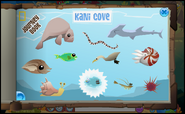
Completing Journeying Book in Kani Cove.
Old Photos
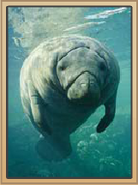
Manatee
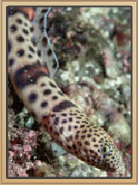
Spotted Eel Ophidian
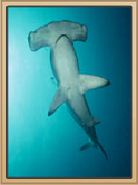
Hammerhead Shark
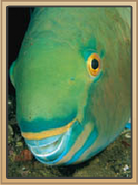
Parrotfish
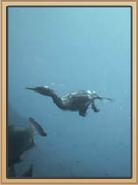
Cormorant
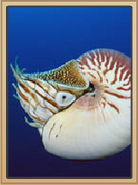
Nautilus
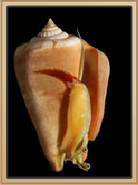
Conch
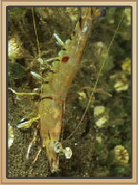
Shrimp
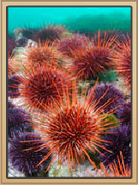
Sea Urchin
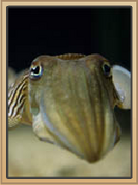
Cuttlefish
Source: https://animaljam.fandom.com/wiki/Journey_Book_(Kani_Cove)
Posted by: wrighthathery.blogspot.com

0 Response to "Where Are All The Things In Kani Cove On Animal Jam"
Post a Comment